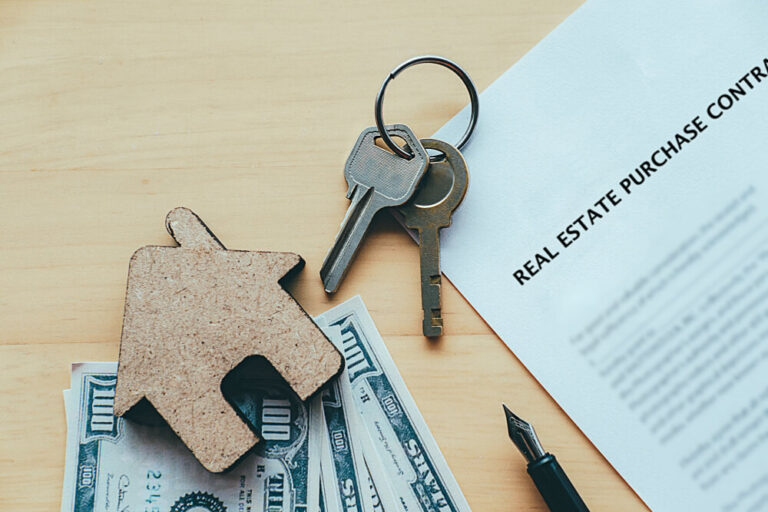Buying and selling property comes with a whole list of costs. Seller’s Stamp Duty (SSD) can be a big one—it might run into tens of thousands, depending on when you decide to sell.
If you know the SSD rates and plan your sale well, you could save a lot of money. SSD usually drops the longer you own your property, with big rate cuts at certain milestones.
How you plan your property timeline really matters. Whether you’re investing for profit or just need to move on unexpectedly, knowing when tax thresholds change lets you make smarter calls on when to sell.
Understanding Seller’s Stamp Duty And Strategic Timing
Making the right timing decisions can shrink or even totally erase the tax you owe when selling property in Singapore. Choosing when to sell might be the difference between paying a hefty stamp duty or nothing at all.
What Is Seller’s Stamp Duty?
Seller’s Stamp Duty (SSD) is a tax Singapore imposes on residential properties sold within a set period after purchase. The government introduced it to cool down short-term property speculation.
SSD kicks in for residential properties bought on or after February 20, 2010, if you sell within the holding period. They calculate it based on either the selling price or the market value—whichever is higher. Commercial properties don’t get hit with SSD, which is something investors should note. The seller, not the buyer, pays this tax.
Seller’s Stamp Duty Rates And Holding Periods
SSD rates depend on how long you’ve held your property. For properties bought on or after March 11, 2017, here’s the breakdown:
| Holding Period | SSD Rate |
| Up to 1 year | 12% |
| More than 1 year and up to 2 years | 8% |
| More than 2 years and up to 3 years | 4% |
| More than 3 years | No SSD payable |
If you bought between January 14, 2011, and March 10, 2017, the rates differ, but there’s no SSD after 4 years. You count the holding period from the date you bought the place to the date you sell or transfer it.
Seller stamp duty calculations aren’t tricky, but the numbers can sting. For instance, if you sell a $1 million home within the first year, you’ll owe $120,000 at the 12% rate. You have 14 days after the sale agreement to pay SSD if the sale happens in Singapore. For overseas deals, you get 30 days.
You can pay SSD by:
- GIRO
- Electronic payment at kiosks
- Internet banking
- AXS stations
If you miss the deadline, penalties can go up to four times what you owe. Ouch.
How Strategic Timing Influences Seller’s Stamp Duty Liability
Timing really is everything if you want to cut down or skip SSD. If you hold your property for over 3 years before selling, you can avoid SSD altogether. If you must sell early, even waiting a day past a holding threshold can make a huge difference. For example, selling at 1 year and 1 day instead of just before the year mark drops your SSD from 12% to 8%.
Sometimes, life throws a curveball and you have to sell sooner than planned. Even then, picking the exact sale date carefully could save you tens of thousands. Investors should definitely factor SSD into their planning from the start. Since the rates drop over time, it’s worth thinking about these milestones when deciding when to sell.
Effective Strategies To Minimize Or Avoid Seller’s Stamp Duty
Knowing how to legally cut your SSD bill can save you a fortune. The rules exist to slow down quick property flips, but with smart planning, you can sidestep a lot of the pain.
Timing Your Property Sale To Maximize Savings
The best way to dodge SSD is to hold your property past the taxation period. SSD rates fall the longer you hang on:
| Holding Period | Typical SSD Rate |
| Up to 1 year | 12% |
| 1-2 years | 8% |
| 2-3 years | 4% |
| More than 3 years | 0% |
Sometimes, just waiting a few months to cross into a new bracket can save you a huge chunk. If you can hold out until the 3-year mark, you might not pay for an SSD at all. Some sellers get creative—using lease options or long completion periods to secure a buyer while waiting for the SSD period to end. This can get complicated, so it’s smart to get legal advice if you’re thinking about it.
Evaluating Financial Impact With Real-World Examples
Let’s say you bought a property for $1,000,000 and sell it for $1,100,000. Timing changes everything:
Example 1: Selling after 11 months
- SSD rate: 12%
- SSD payable: $132,000
- Net profit: $-32,000 (loss)
Example 2: Selling after 25 months
- SSD rate: 4%
- SSD payable: $44,000
- Net profit: $56,000
That’s an $88,000 difference—just by holding on for another 14 months. Some places offer exemptions for things like financial hardship or family reasons. If you’re in a tight spot and need to sell early, it’s worth checking if you qualify.
Key Pitfalls And Mistakes To Avoid
One mistake that trips people up is miscalculating the holding period. SSD timing usually starts from the purchase date—not when you get the keys or move in. Just jot that date down somewhere obvious. Watch out for “reset” triggers that restart your holding period. In certain places, big renovations or changing how you use the property can start your SSD clock all over again.
It’s tempting to accept a low offer just to dodge SSD, but sometimes waiting for a better price—even if you end up paying SSD—leaves you with more in your pocket. Be wary of anyone pitching ways to “avoid” SSD completely. Legit strategies mainly focus on timing, not sneaky workarounds. Trying to skirt the rules can land you with penalties, and honestly, it’s not worth the headache.


